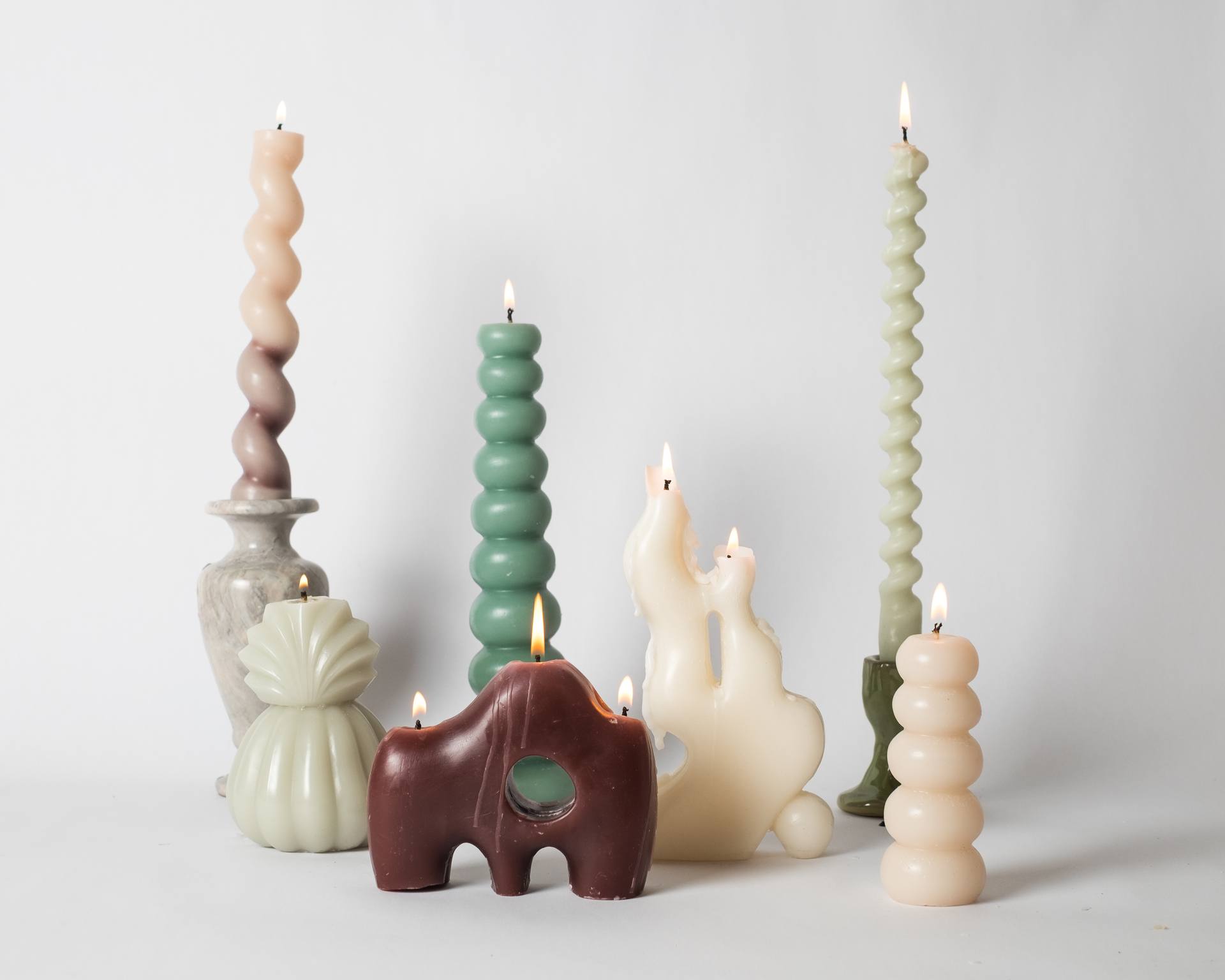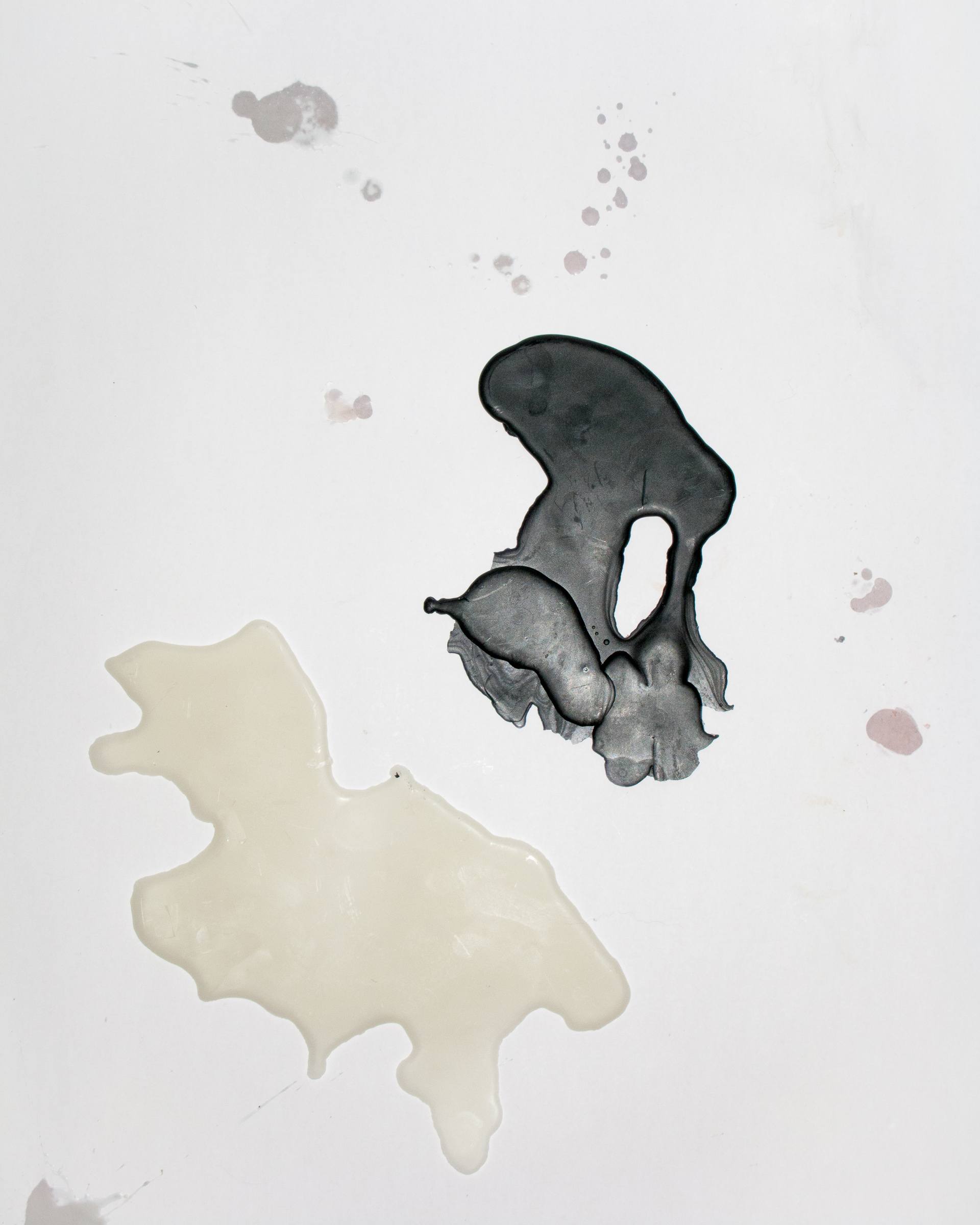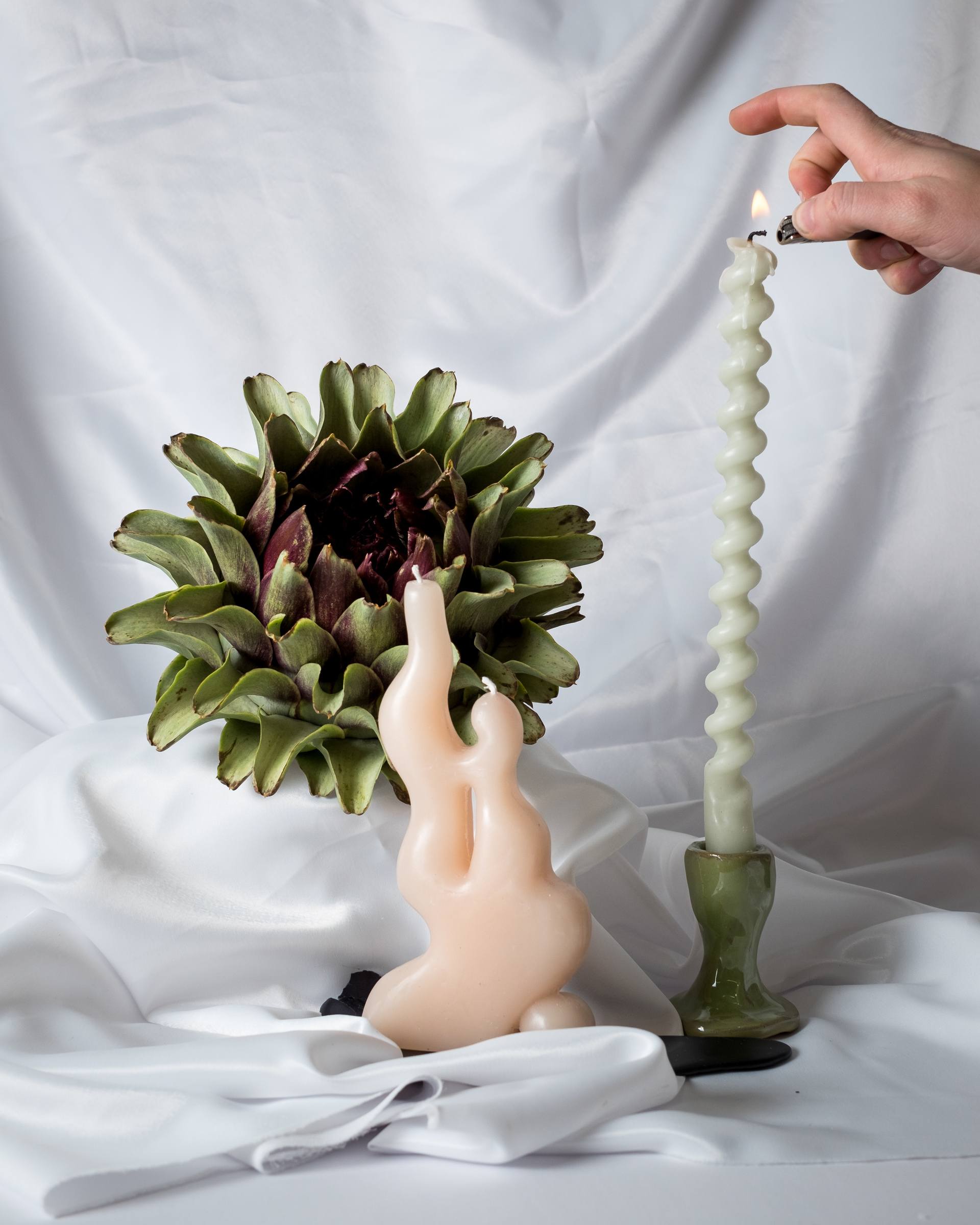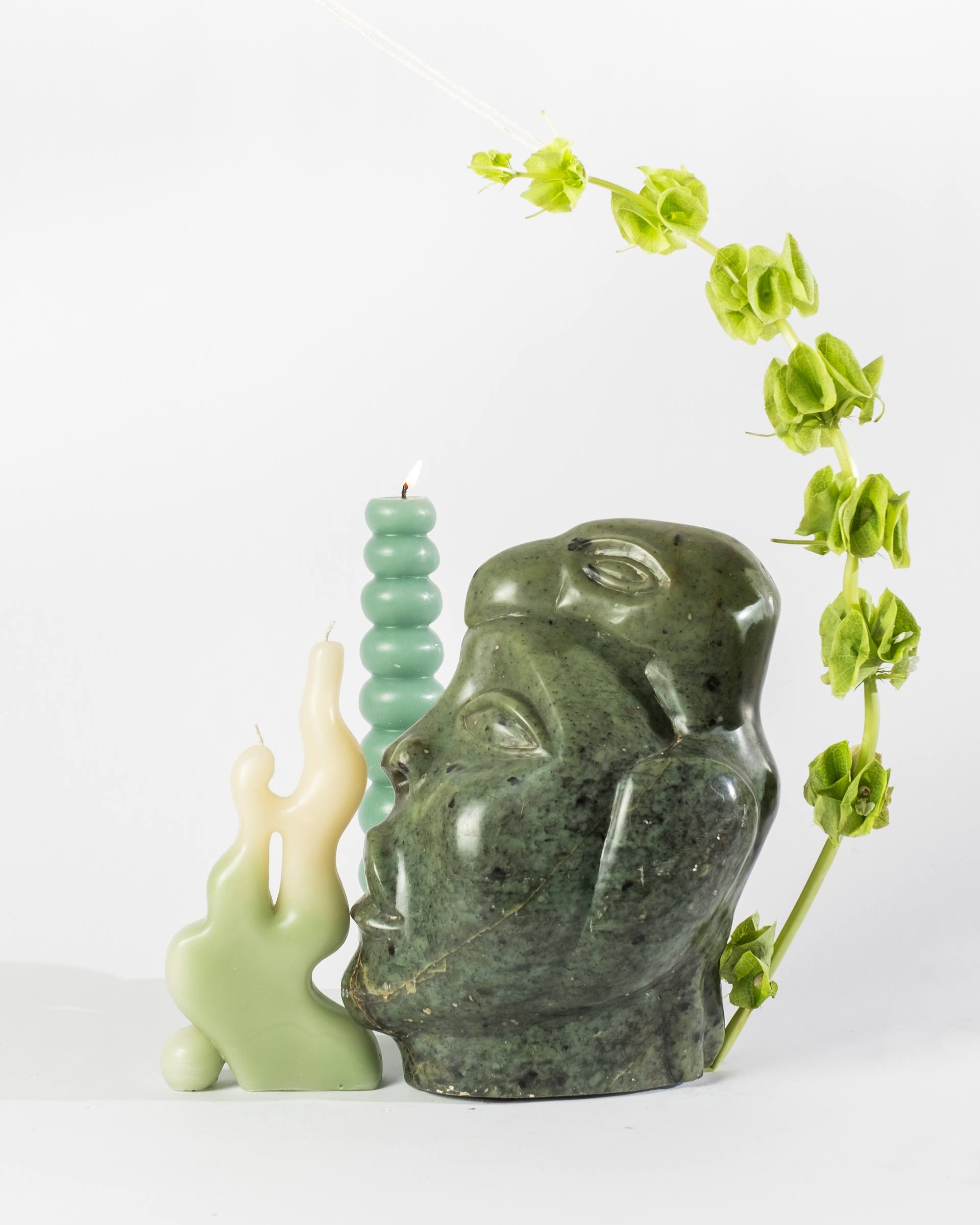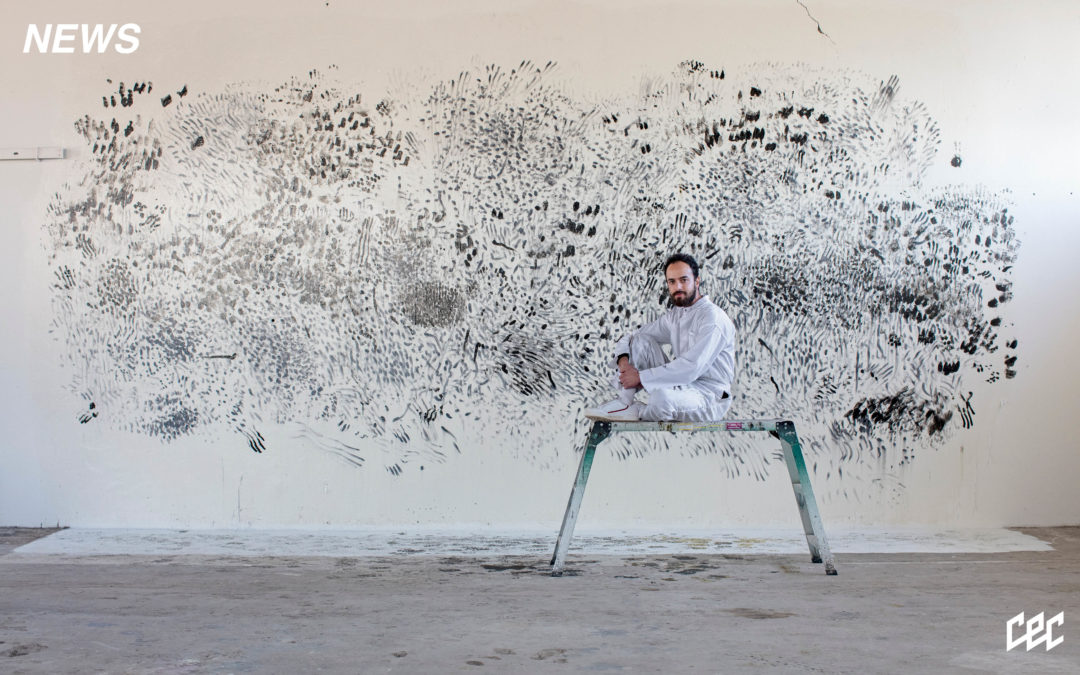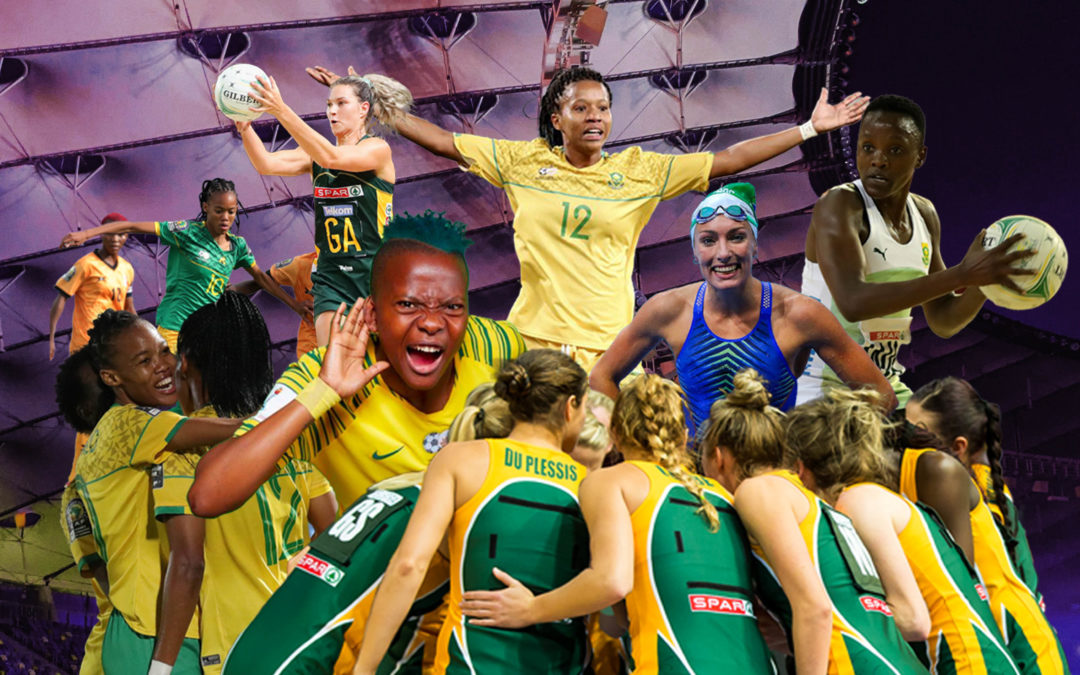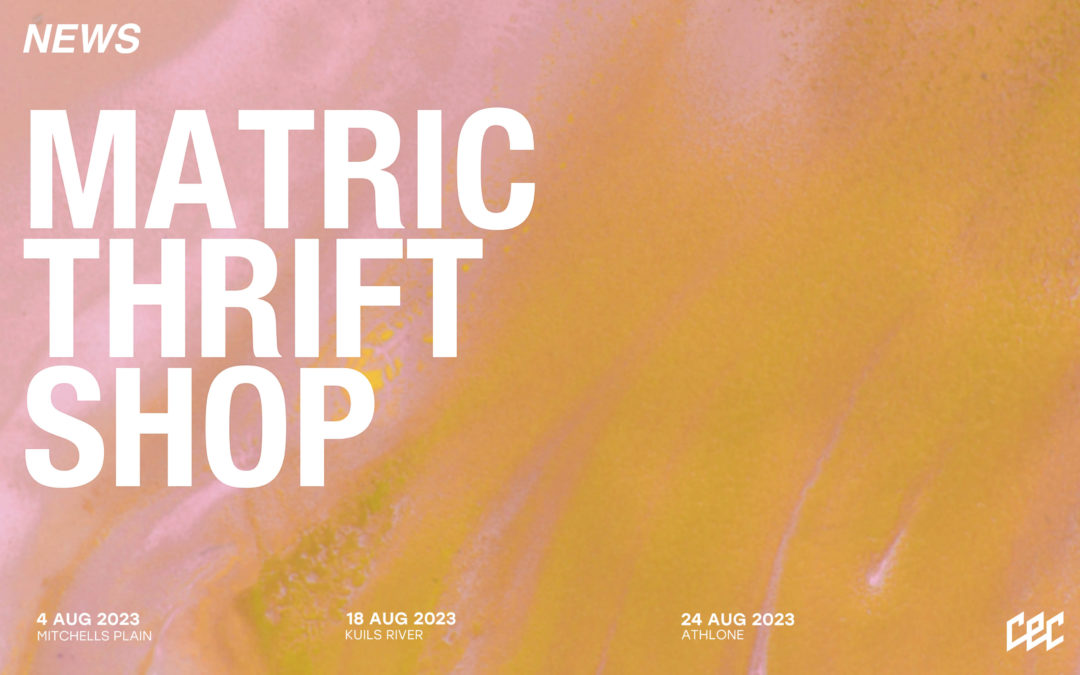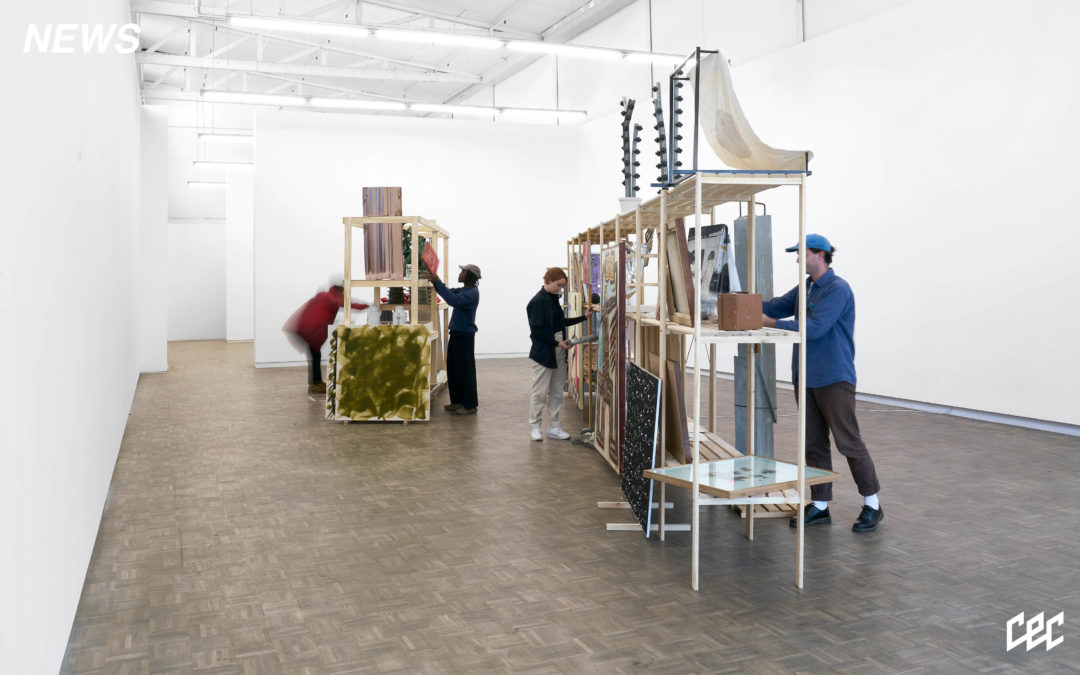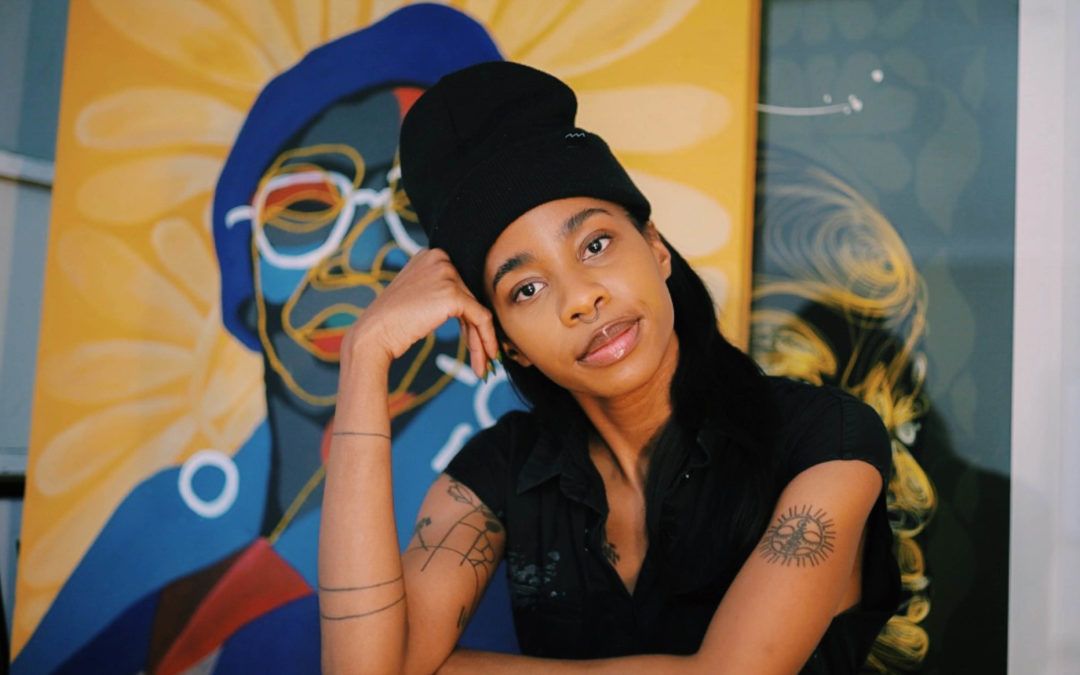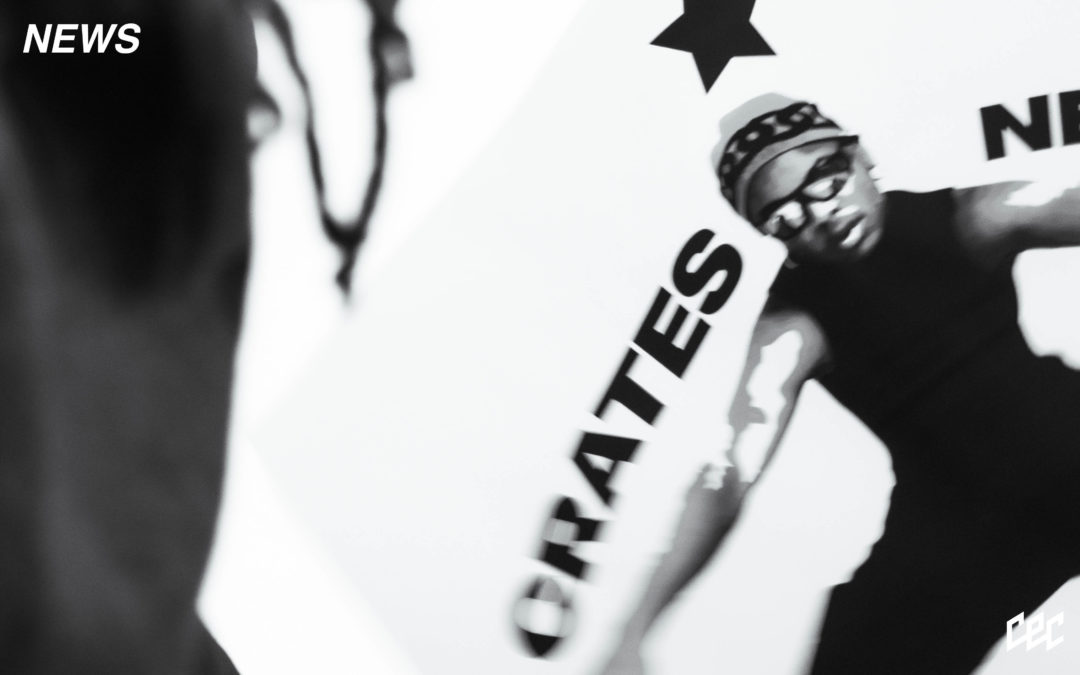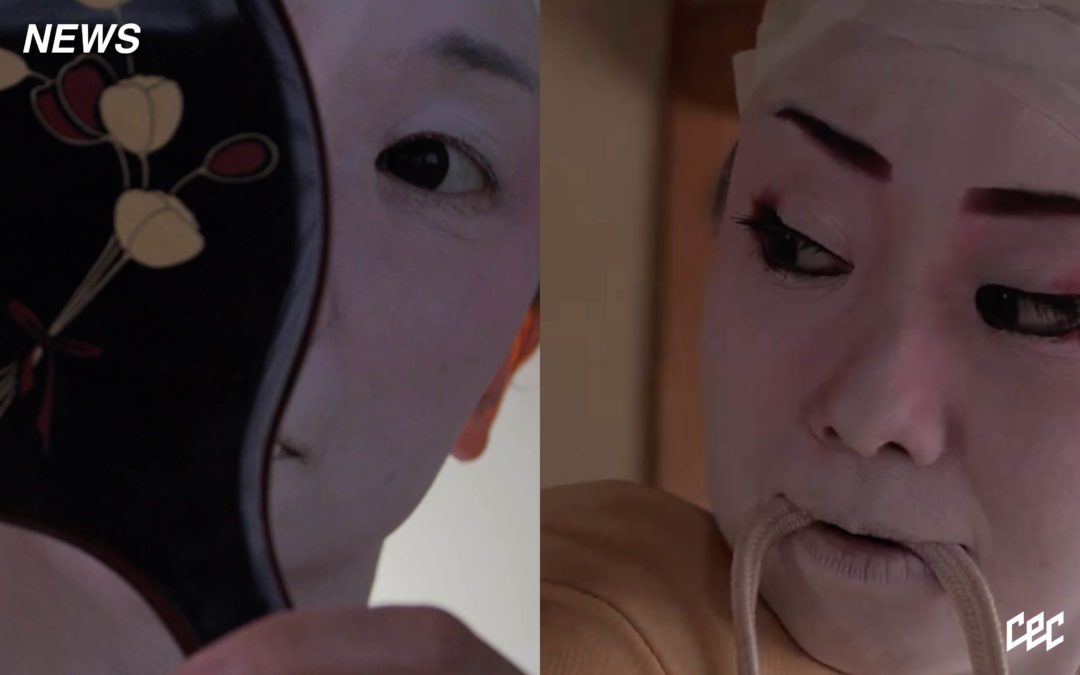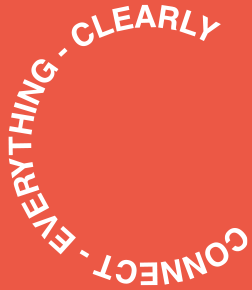Candles hold a certain enchantment with their ability to cast light around their environment – perhaps the original sentiment of “warm lighting” that we have, apart from the sun itself, as the soft, natural hue of warm lighting encourages our circadian rhythm to taper down and relax. It is hard to pinpoint exactly when candle-making began – but historical accounts suggest the ancient Romans began dipping tallow and twine around 500 BC, along with whale-tallow candles recorded in Han China 200 BC. It is really a blip in historical time that we have relied on electricity to brighten our world; and yet for most of us, it is hard to imagine lifestyles centred around candles. Despite this, the sheer romanticism around lighting a candle is a ritual shared across the planet – there is rarely an evening in my own home where a few candles are not lit; a way for me to bid the day-past, and settle into the evening.
In 2020, with heavy lock-downs and disconcerting uncertainty, Via Wax emerged from sister duo Nathalie and Laura Viruly – initially a past-time for endless days indoors, it is now a fully-functioning local business operating out of their studio in Salt River. Their candles, each one hand-poured, are offered in a variety of shapes – in which the function of a candle translates into an objet d’art. Laura is a Michaelis Fine Art School alumni and had spent a short time learning to work with wax – which led to her returning to it during lockdown, this time alongside Nathalie in their home in Woodstock. Nowadays, Laura pours the candles for Via Wax, while Nathalie’s curatorial and entrepreneurial skills manage the business – although these roles do interchange when required.
These are candles with a playful spirit – totally reminiscent of the colourful, ethereal pastel-drenched aesthetics of Copenhagen, while also blending beautifully into the Art-deco nostalgia that has occurred in Cape Town in the last decade mostly among artists and musicians.
Our conversation at the Via.Wax studio is as earnest as the brand itself; a labour of local love.
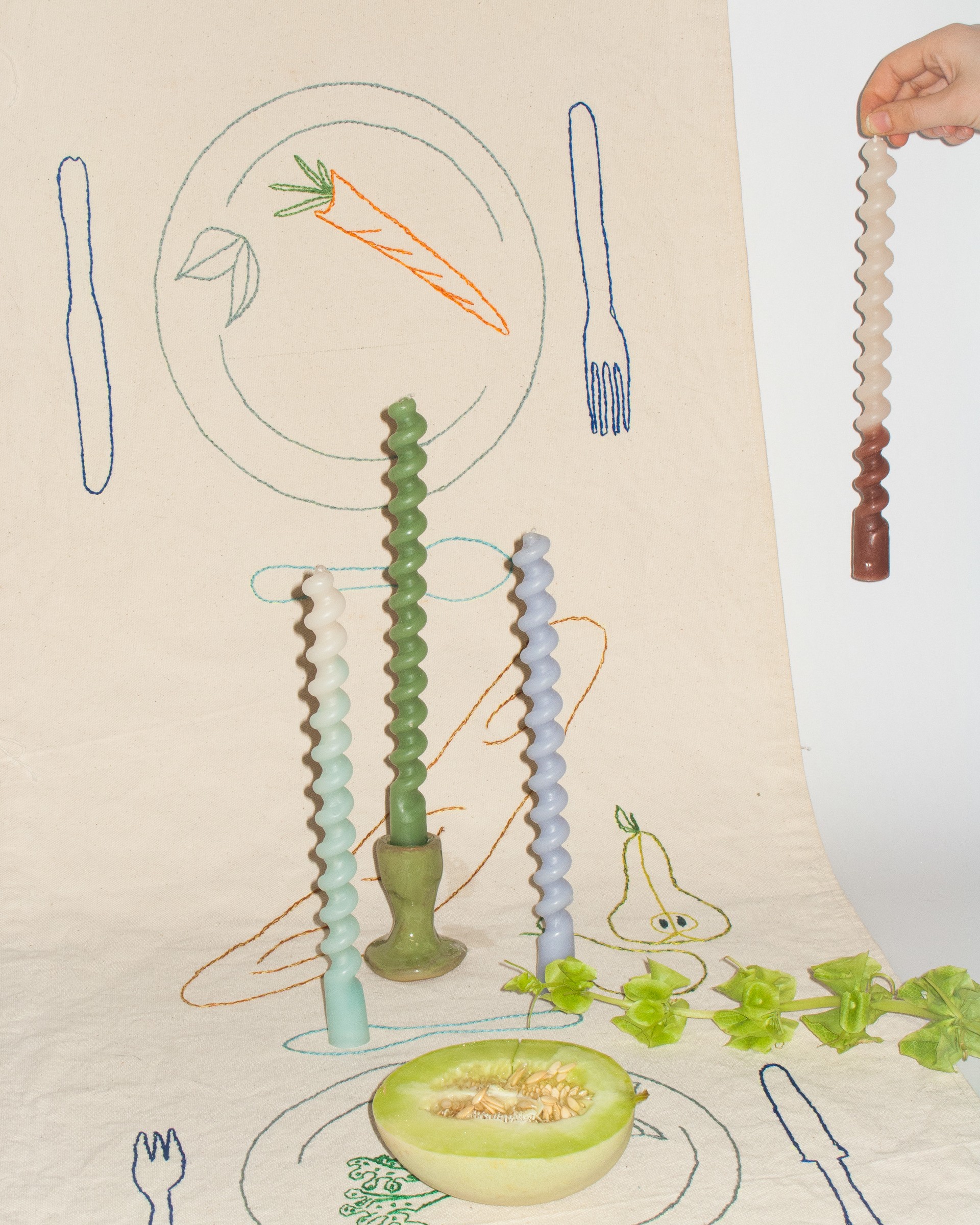
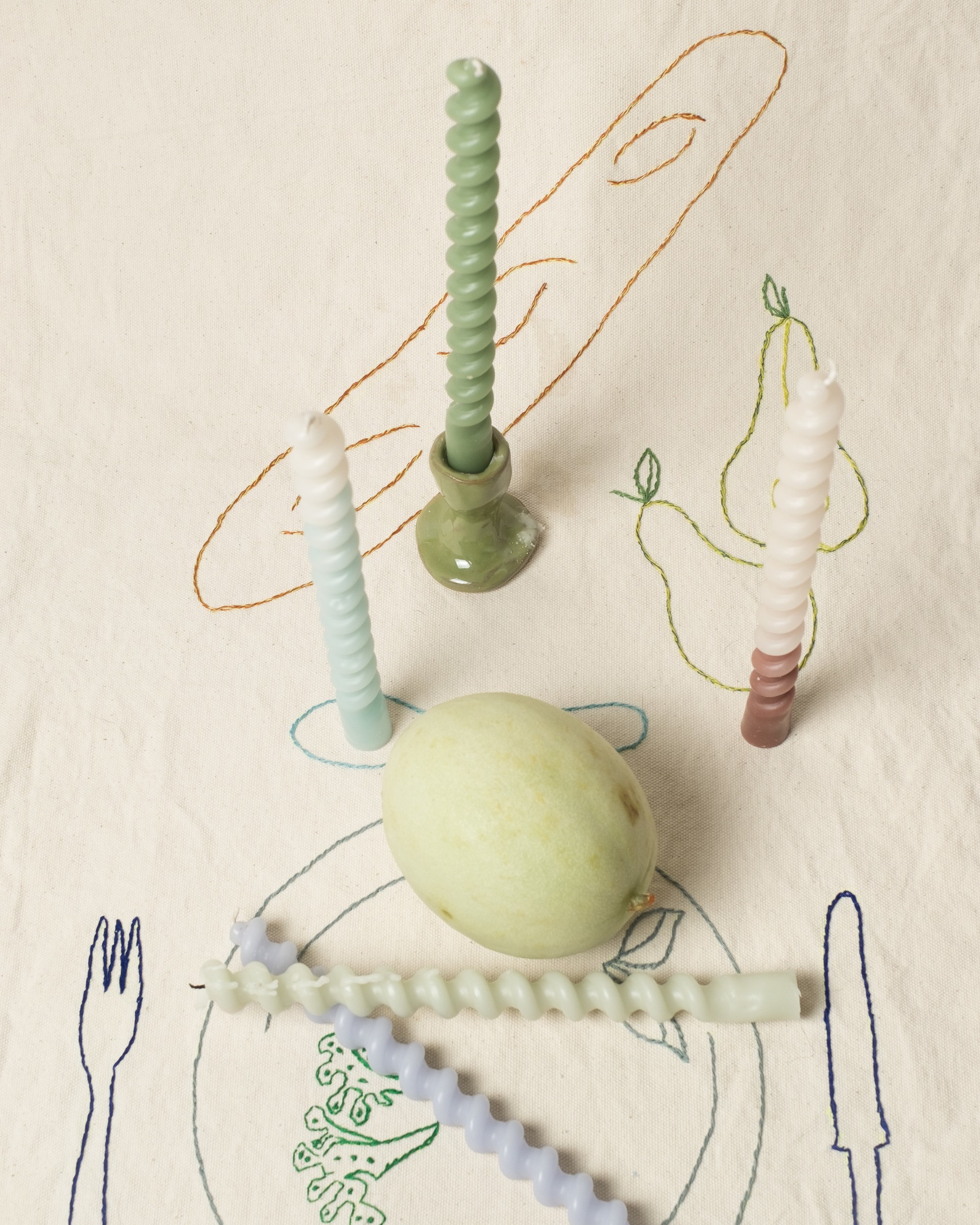
Candle making is such an ancient practice; I have always seen it as somewhat magical and striking, our source of light for thousands of years before the advent of electricity. How did you both come to choose this craft?
L: I had just finished my sculpting degree at Michaelis, and I had worked with wax a few times throughout that process – and I thought I knew a thing or two about it – turns out wax encompasses so much! We were trying to get into crafts to pass the time, and I had seen some Scandi design emphasis on candles online. I had some silicone leftover for moulds, and wax leftover – and our first two candles were made out of kid’s building blocks during lockdown.
N: Yeah, we even used wax crayons to make the colours at first – just for the prototypes – and I think we were both drawn to candles. Candles are such a representation of time and impermanence; they are made to disappear as part of their function which is really interesting in relation to art and design. It wasn’t very conceptual in the beginning, but making candles has turned out to hold a lot of meaning and depth for us. We grew up with candles on our Christmas tree, and come from a few generations of Italian women deeply embedded in craft. So it has definitely been a homage to our mother, our grandmother and then to each other – preserving what feels like a very feminine process of creation.
L: We also like strange objects. You will find us at flea markets trying to find the weird pieces that most might gloss over with a little bit of disregard. We wanted to see if we could extend this fascination into candle-making, which can be a bit austere if you look at traditional making practices – and yet the process is intrinsically malleable, and playful to us.
How have your sculptural and curatorial backgrounds contributed to Via Wax?
L: Our initial interest was in found objects. Certain shapes had become popular because they were available on Wish.com – user friendly moulds – a route we wanted to try and challenge.
N: We took a lot of time researching what was out there already, and seeing if we could find ways to make candles that have our own signature on it. So from the kids’ building blocks, we ventured into looking at pieces of wood – with Laura even taking an angle-grinder to cut a segment out of something to draw out a shape. I think we owe a lot of that early development to Milnerton Market – where you almost have to learn to look at junk and see what it could be. There are also limitations to that, so now the newer shapes are 3D printed – a friend of ours works in that field and he helped us develop the “Pet” shape that came out last year. Our shapes are a collection of dreamed things and seen shapes.
L: Bric-a-brac style!
How does colour inform your process in both conceptualizing and pouring?
L: I have always been really liberal with colour – I mix every colour we use from primary colours. So we have a collection of swatches but I tend to promise people any colour they can imagine.
N: Yeah – while I do tend to work a lot more on the admin & business side, Laura had gone to Durban and I ended up needing to mix and figured out how to do the ombré style that we now offer. So the colour gradients are always changing, and we wanted to offer Via Wax as a place for people to find their dream candle in their dream colour – which is not that easy on our side, but a huge part of what I think keeps us both really excited to continue. Our candles burn quite differently to other kinds, and a large part of that is the varying pigments; so it can be quite dramatic.
L: I definitely didn’t envision making the same thing after I graduated- working a bit mechanically or in a uniformed way – so the colour is where I really get to access my creativity. I think it’s also worth noting that the process has a lot of nuances to it, and so getting every candle to be the same can be tricky.
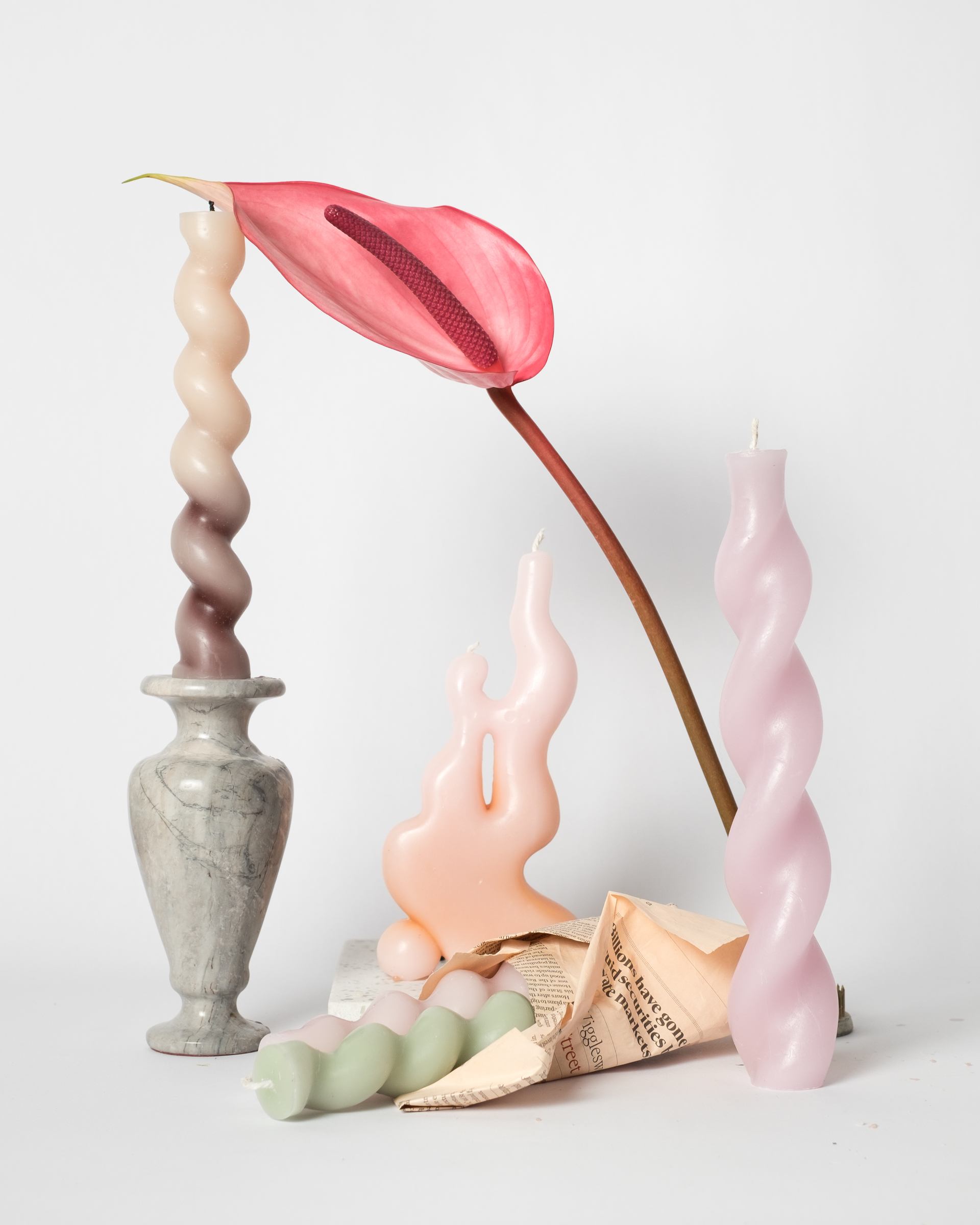
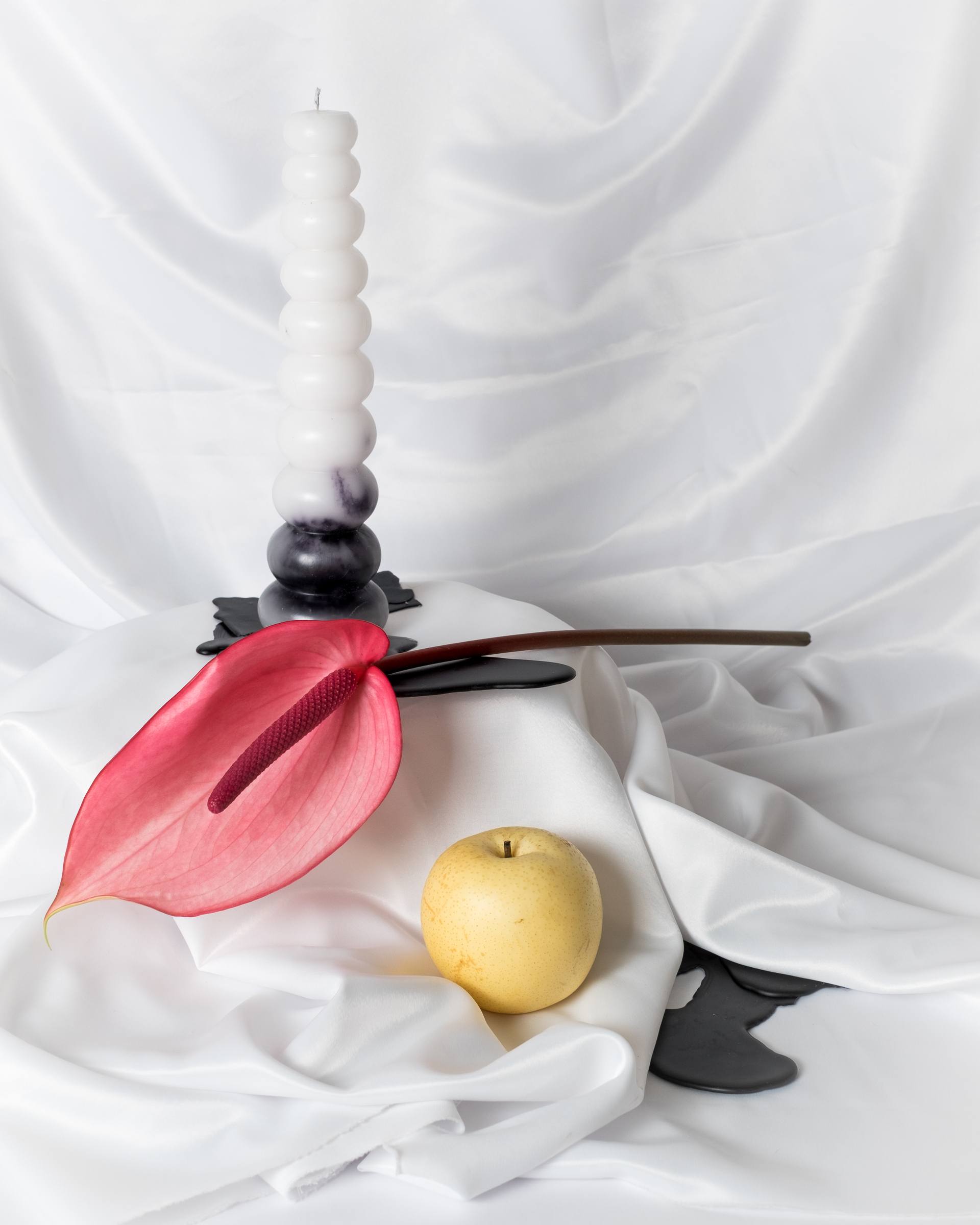
As co-creators, business partners and real-life sisters; how do you navigate such a close collaboration?
L: We are really lucky in that we both seem to have gravitated towards our area of interest, and those happen to balance each other out in relation to making Via Wax work. I have needed Nathalie’s curatorship skill to perhaps guide, or even manage, my process a bit and figure out what is possible to do.
N: We read each other really easily too, and it has been a huge help to have each other to get through days that are harder than others. Although we have brought something special out of the last two years, it has been challenging, uncertain and hard on everyone we know, including us – so I think to do this with the person who knows me the best, and vice versa, has helped us push on.
L: Communication is really important, too. In any relationship. At first we were doing this in our kitchen, then our parents’ garage – so with the studio, we have been able to establish more boundaries at home.
N: We are also very close and share a lot of the same friends – so that community is a huge part of Via Wax, we couldn’t have done it without them and so I think to have our strong bond as being supported by those around us has been instrumental.
What dream-scapes and vision do you both have in store for Via Wax, 2022?
L: I think collaboration is key for us this year. We have a lot of ideas we want to map out with other creators – I think coming from a traditional art school background, there is this expectation that if you are not practicing as a fine artist, and doing craft instead, you’re not forging a path in art at all. We need to shift this notion – because to us, craft is often a more accessible form of art – and just as creative and brilliant.
N: We really want to bring our more objects and even sculptures – and maybe more limited editions runs, and colours & adding scent too. We are working on those things, and have some more ideas but I think any small business owner/s will know that bringing it all to fruition when we want to is often not the case; so I think just doing what we can is enough for us right now, and the rest will unfold.

